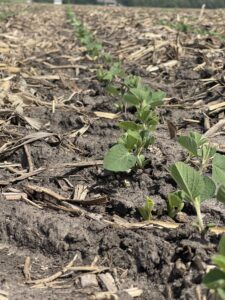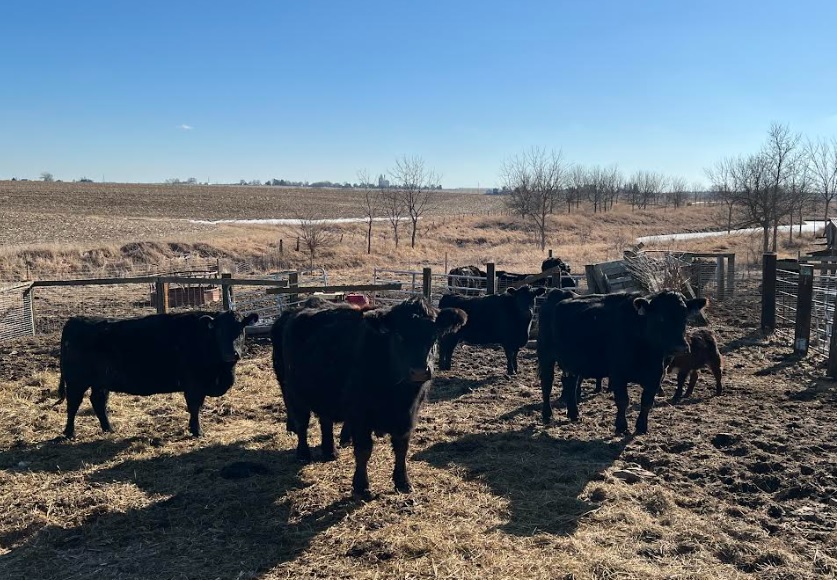Windbreaks have been used worldwide for centuries in both rural and urban settings During the height of the Dust Bowl in 1934, President Franklin D. Roosevelt included windbreaks in the New Deal resources to help reduce Dust Bowl conditions in the Midwest. Today, some of those Dust Bowl windbreaks are still standing, along with new ones planted over the years.
Emily Swihart, University of Illinois Extension Horticulture Educator says windbreaks help lower energy costs and provide habits to wildlife.
“Another reason you would want to plant a windbreak or might consider planting a windbreak, whether it’s around your homestead or adjacent to a field, would be for soil conservation and to protect crops.” Swihart adds that wind “can stress crops that can lead to drying out the winter when those summer winds can dry out plants. You might be able to increase some crop yields by helping to buffer them from drying winds.”
When planting a windbreak, Swihart recommends using a variety of plant species, planting at least 30 feet away from what you are protecting, and considering typical wind direction.
Feature Photo by freddie marriage on Unsplash













